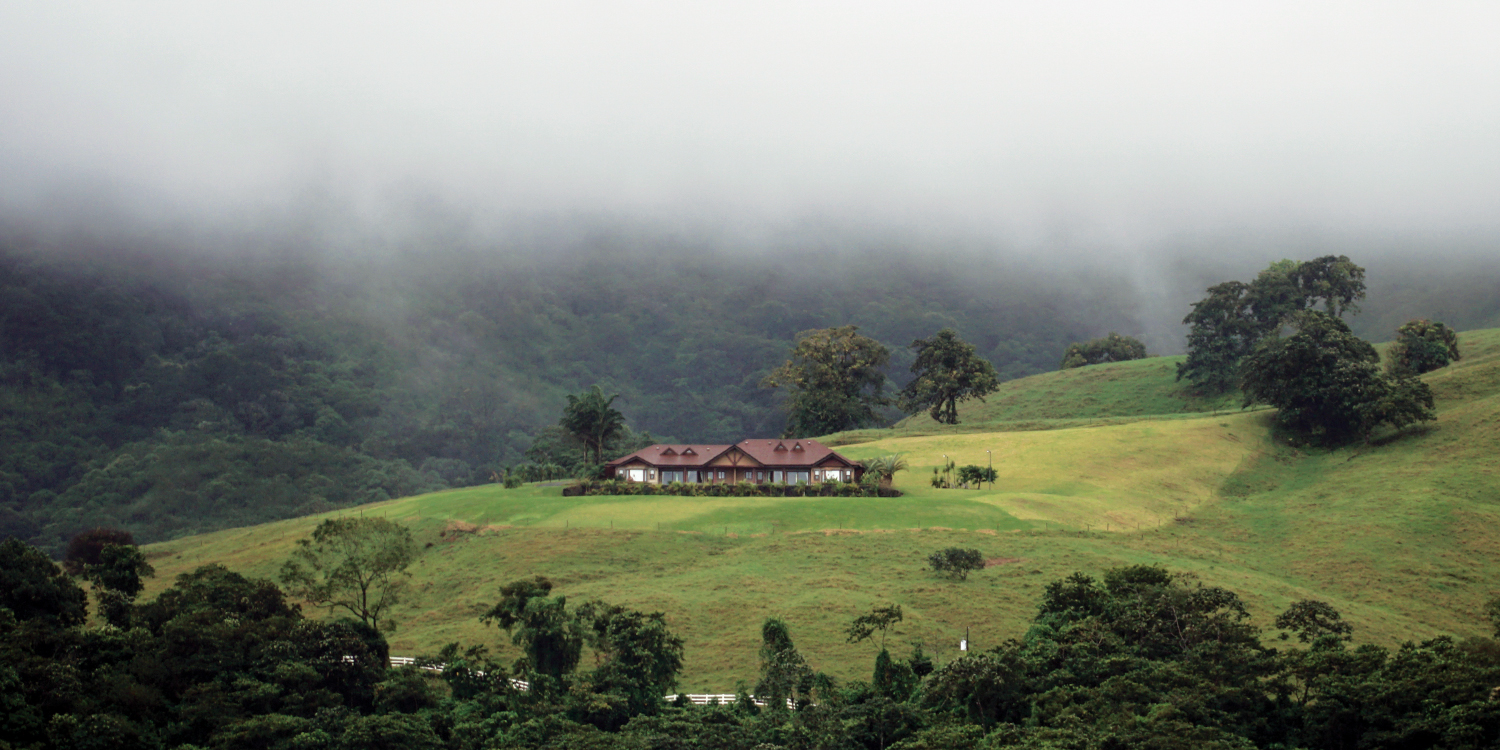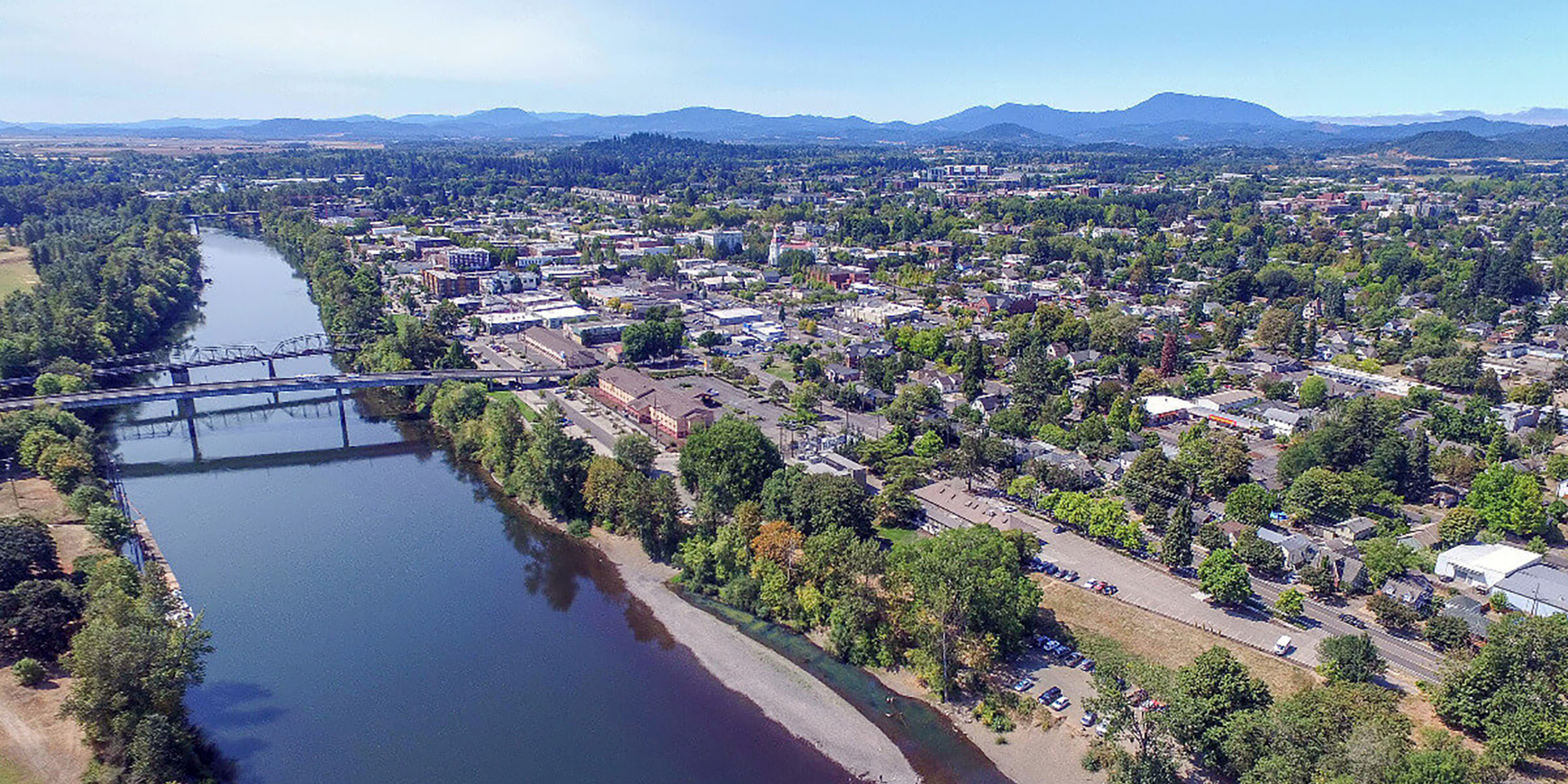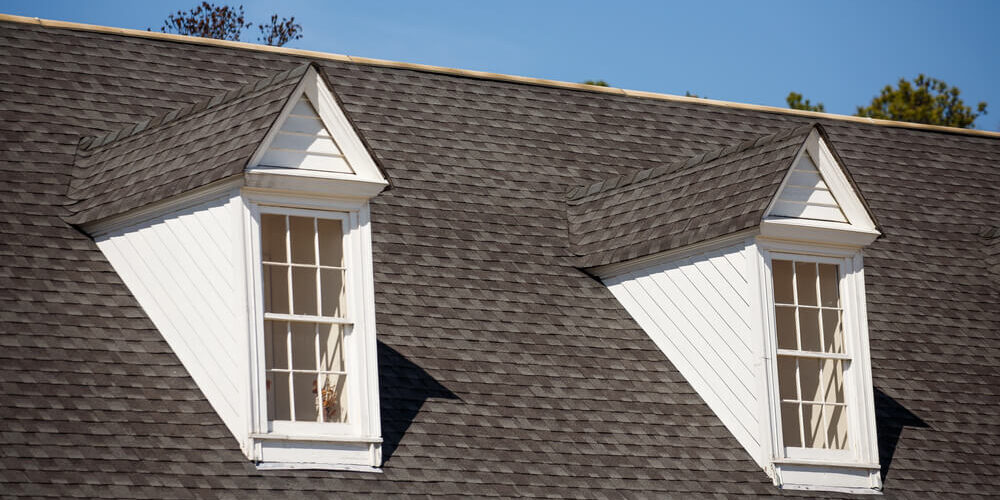Key Takeaways:
- Act fast, but stay safe. The first step is to contain interior leaks with buckets or towels and move valuables out of the way, but never climb onto a wet roof.
- Don’t DIY in the rain. Temporary patches or store-bought tarps can make things worse and create safety hazards.
- Call a professional right away. IronHead Roofing provides safe, temporary protection and quick-response service to stop active leaks and prevent further damage until full repairs can be made
- Most leaks can be repaired. Not every leak requires a full roof replacement, especially when caught early and handled properly.
- Prevention is key. Regular inspections, gutter cleaning, and moss removal before storm season can dramatically reduce leak risk.
When the rain doesn’t stop, neither do we. IronHead Roofing stands ready with the tools, training, and accountability homeowners deserve, protecting Oregon homes through every season.
Handling Roof Leaks During Oregon’s Rainy Season
When Oregon’s rainy season hits, roof leaks can turn from a small nuisance into a real emergency. Water finds the smallest openings, around flashing, vents, skylights, or missing shingles, and before you know it, you’re setting out buckets and towels to contain the damage. Protecting commercial and residential roofs from water intrusion is crucial to prevent costly repairs and maintain the structure’s integrity.
At IronHead Roofing, we’ve seen it all. From tiny drips to full-blown ceiling collapses, a roof leaking in the rain is serious business, but there is a safe way to handle it. Here’s what you should (and shouldn’t) do when you notice your roof leaking in the rain, and how taking the right steps early can prevent far more costly damage down the road. Timely intervention and regular maintenance are essential for protecting your home during Oregon’s rainy season.
Step 1: Stay Calm and Contain the Leak
The first thing you should do when you notice a leak is to stay calm and act quickly. First things first, don’t panic. Leaks can spread quickly, but the goal is to minimize damage inside your home.
- Move furniture, electronics, and valuables away from the drip.
- Place a bucket or large container under the leak to collect water.
- If the ceiling is bulging, carefully puncture a small hole with a screwdriver to release trapped water. This might sound counterintuitive, but it prevents water from spreading and collapsing your drywall.
These quick actions buy time and reduce the risk of secondary damage, like warped flooring or mold.
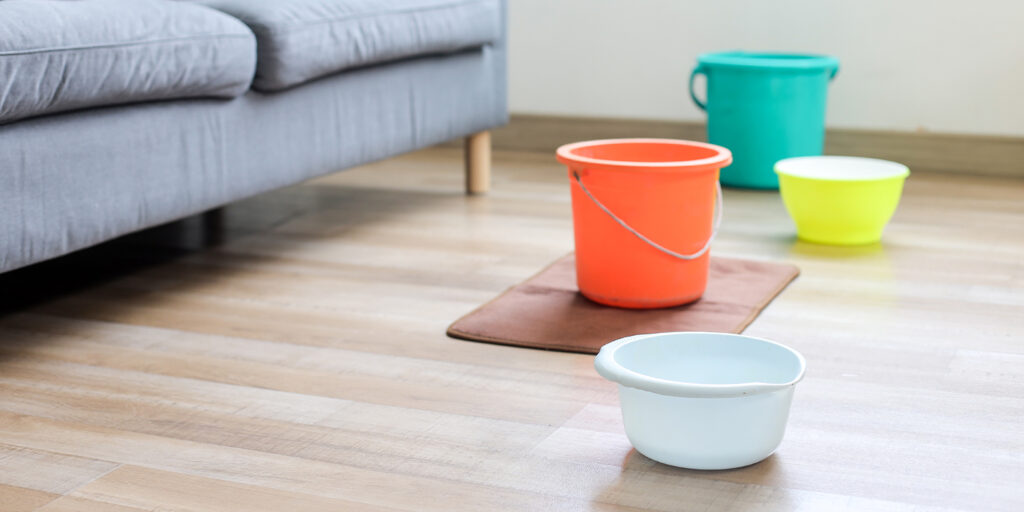
Step 2: Locate the Source (If You Can Do So Safely)
Finding the exact source of a roof leak during a storm can be tricky. It’s important to understand what is happening, water may be entering your home in ways that aren’t immediately obvious. Water often travels along rafters or insulation before dripping into your living space.
If it’s safe, inspect your attic with a flashlight and look for:
- Damp insulation or dark water stains
- Shiny surfaces or small drips coming from above
- Daylight shining through roof decking or vents
If you can’t find it or it’s unsafe to enter your attic, stop here and call a professional. Climbing onto a wet roof is dangerous, even for seasoned roofers.
Step 3: Avoid DIY Roof Repairs in the Rain
We get it, Oregon homeowners are resourceful. But attempting to patch or seal your roof during active rainfall is unsafe and often makes things worse.
Quick fixes like tarps or roofing cement from the hardware store can cause more leaks if not applied correctly. They also void manufacturer warranties and may mask the real problem underneath. It’s important to deal with leaks properly by seeking professional help to prevent further damage and costly repairs.
This is where professional help makes all the difference.
How to Protect and Repair Your Roof During Oregon’s Rainy Season
At IronHead Roofing, we act fast when a leak is active, using safe and professional measures to limit water intrusion and protect your home until permanent repairs can be completed. Every action we take is designed to stabilize the area without causing additional damage to your shingles or roof structure.
Here’s how it works:
- Inspection and Damage Assessment: Our trained team inspects your roof and attic to locate the source of the leak and evaluate the overall damage. We document what we find, assess how far the water has traveled, and determine the most effective course of action for repair once the weather allows.
- Temporary Protection to Prevent Further Damage: During active rainfall, it’s not safe, or effective, to perform full repairs. Instead, we implement controlled, professional measures to keep additional water out and stabilize the affected area. This step helps prevent interior damage, protects structural components, and buys time until conditions are safe for proper repair work.
- Follow-Up Repairs or Replacement: When the weather clears, we return to complete the permanent fix. Depending on the severity and cause of the leak, this may include shingle replacement, flashing repairs, underlayment replacement, or a full roof installation. If storm damage is involved, we also work directly with insurance adjusters to provide detailed inspection notes, photos, and recommendations.
This approach ensures that your home stays dry and protected while preventing further structural or interior damage.
Why Temporary Repairs Matter
Some homeowners assume that if a roof leaks once, it must be replaced immediately. That’s not always the case. Many leaks can be repaired effectively once the weather allows.
The key is stopping the water intrusion early, because every hour a leak goes unchecked increases the damage:
- Insulation loses effectiveness once wet
- Mold growth can start forming in as little as 24–48 hours
- Structural components weaken under prolonged exposure
| Time Since Leak Starts | Typical Damage | Estimated Cost* |
|---|---|---|
| 1–2 Days | Minor ceiling stains | $150–$300 |
| 3–7 Days | Insulation saturation, drywall damage | $500–$1,000 |
| 2–3 Weeks | Mold growth, attic wood rot | $1,500–$3,000 |
| 1–2 Months | Structural weakening, major repair | $5,000–$10,000+ |
Common Causes of Roof Leaks During Rain
If you’re wondering why leaks happen in the first place, here are some of the usual suspects we see in Oregon homes:
- Aging shingles that have lost their waterproof granules
- Improperly sealed flashing around chimneys, vents, or skylights. Chimneys are a common source of leaks due to cracks from temperature changes, poorly designed flashing, or damaged chimney caps.
- Blocked gutters or clogged gutters causing water to back up under shingles and lead to leaks and water damage.
- Fallen branches or debris puncturing roof surfaces or creating structural damage
- Poor roof ventilation or improperly installed vent pipes can lead to trapped moisture, rot, and leaks. Pipes and vents should be properly installed and maintained to prevent water infiltration.
- Condensation can accumulate within skylights or other roof components, especially if not properly sealed, causing leaks or water damage even before actual leaks occur.
- Poor construction or substandard installation during roof replacement or re-roofing can result in leaks and reduce the roof’s ability to withstand harsh weather.
- Damp conditions promote moss and algae growth, which can damage roofing materials and eventually lead to leaks.
Routine inspections and maintenance, especially before fall and winter, can help prevent many of these problems from catching you off guard.
When to Call for Emergency Roof Service
If you notice active dripping, ceiling discoloration, or moisture spreading, it’s time to call a professional immediately. At IronHead Roofing, we offer rapid response service throughout the Willamette Valley and Oregon Coast, providing same-day protection when storms hit.
Our crews are trained to work safely in wet conditions and use only industry-approved methods. For emergency repairs, it’s crucial to contact roofing professionals and seek professional roofing services to ensure safe, high-quality, and long-lasting solutions. We don’t take risks with your safety, or ours.
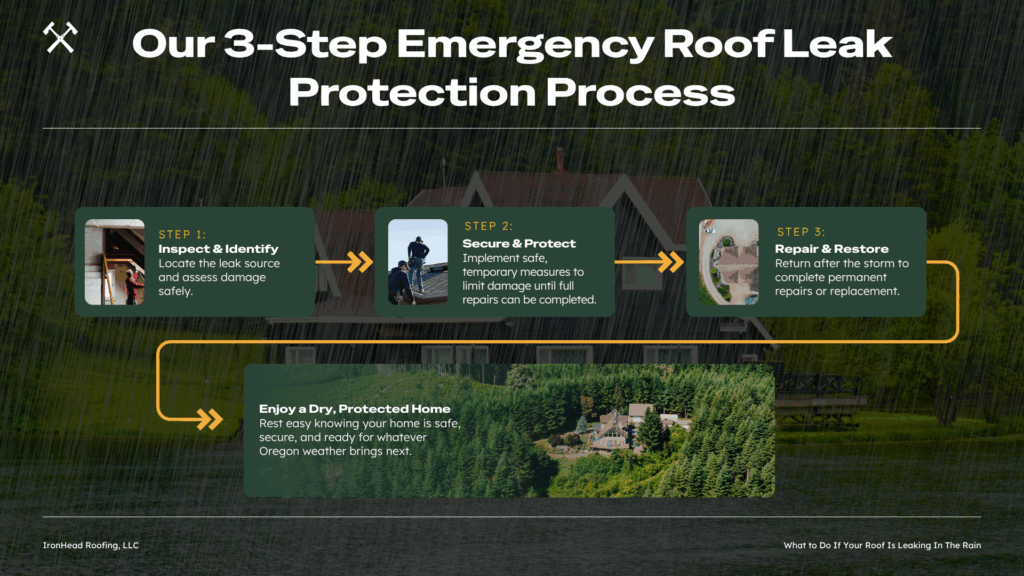
Long-Term Protection: Repair or Replace?
Once the weather clears, our team performs a full inspection to determine whether your roof can be repaired or if replacement makes more sense. Roof leaks and other issues can occur due to factors like weather, aging, or structural weaknesses. In many cases, roof repair may be sufficient depending on your specific roofing needs.
A repair may be enough if:
- The damage is isolated (one small section or flashing issue)
- Your roof is less than 10–12 years old
- Shingles and underlayment are still structurally sound
Replacement may be needed if:
- Leaks are widespread or recurring
- The roof is nearing the end of its lifespan
- There’s extensive water or mold damage underneath
Either way, a professional assessment will determine the best roof repair or replacement solution based on your unique roofing needs. We’ll walk you through your options clearly, with photos, recommendations, and accurate cost estimates, no guesswork, no hidden surprises.
Pro Tips for Oregon Homeowners
- Schedule a roof inspection every fall before heavy rain starts.
- Keep your gutters and downspouts clear to avoid water backup and protect your walls from water intrusion and moisture damage.
- Trim overhanging branches and remove moss buildup, as exposed areas of the roof are more vulnerable to leaks and damage from rain, wind, and debris.
- Ask about Owens Corning Platinum Protection Warranties, the industry’s best coverage, available through IronHead.
Final Thoughts
Oregon weather can be relentless, but your roof doesn’t have to take the hit. When leaks strike, quick action and the right professional support make all the difference. At IronHead Roofing, we bring strong safety standards, clear communication, and long-term repair expertise to every job, keeping your home dry, secure, and protected through every season.
Need Help Now?
If your roof is leaking, or if you want a preventative inspection before the next storm, contact IronHead Roofing today. We’ll respond quickly, protect your home from further damage, and get you scheduled for permanent repairs as soon as the weather allows.
